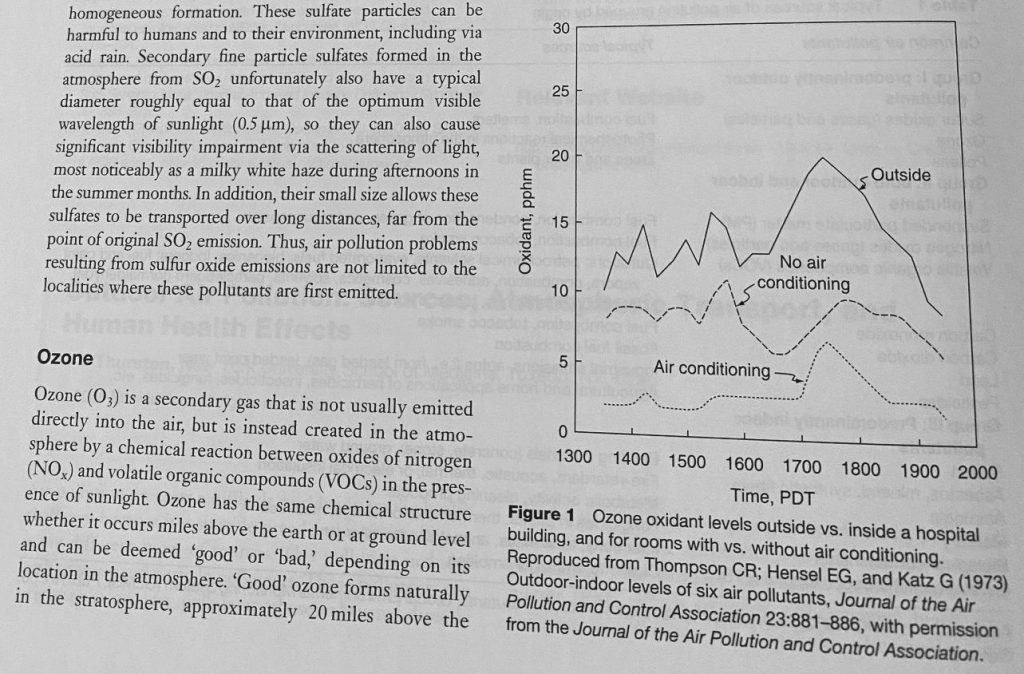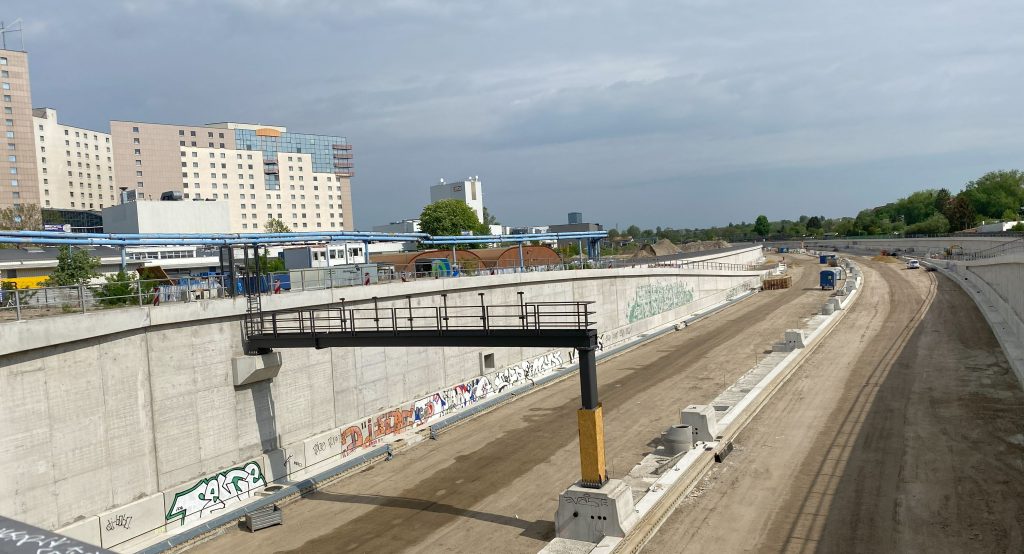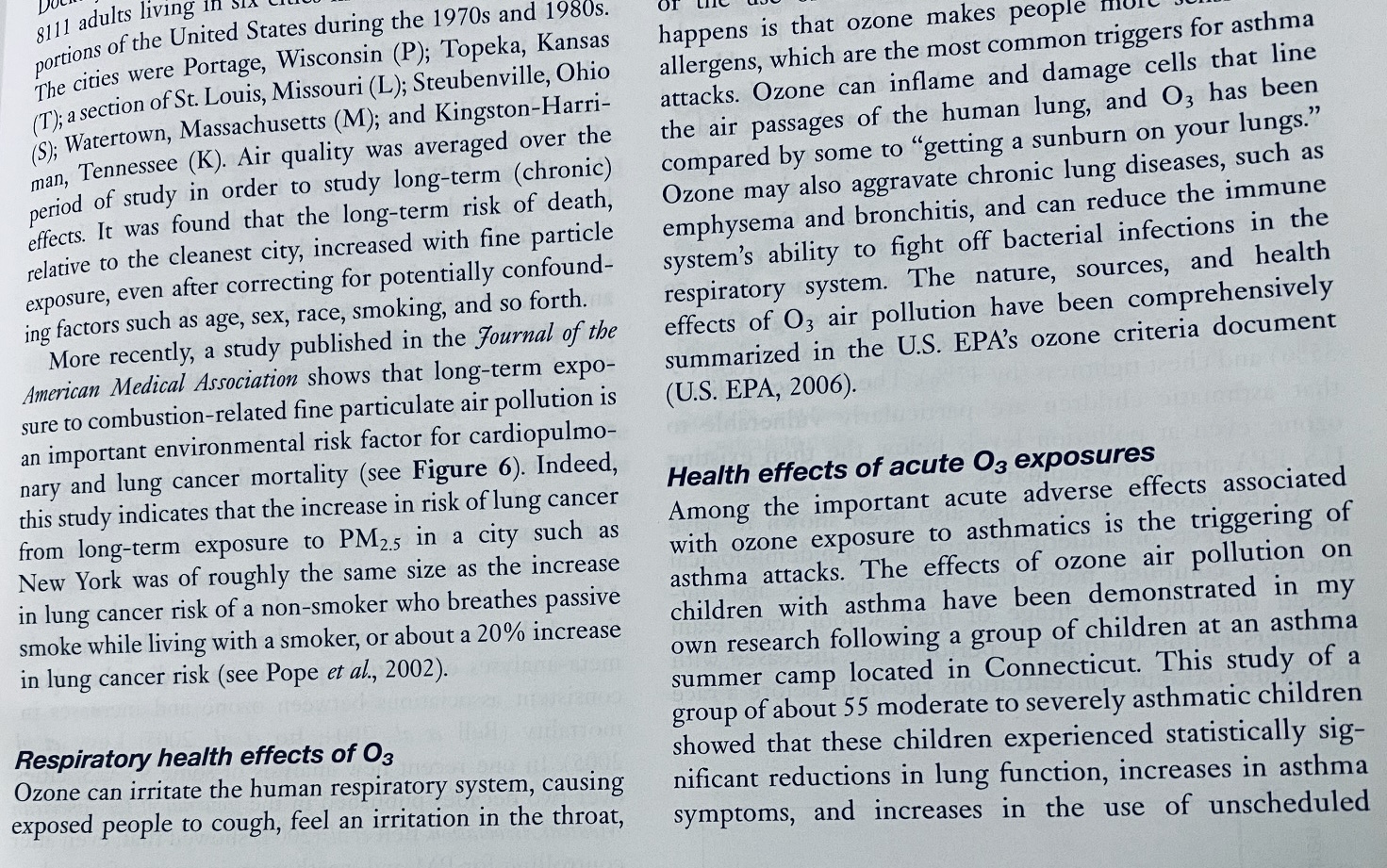In the period of romanticism the associations with a blue sky were very different from today. Getting out into the sun was a kind of privilege for the “leisure class”, of people who could afford to enjoy time outside for boating, walking or other pleasures. In our technology-driven 21st century the associations with Blue Sky are more like a technically enhanced view through for example “Windows” at the news and opinion platform or “Bluesky”.
Several scientific websites that report data on blue skies and air quality more generally across the world report indicators like ozone values O3, sun intensity, micro particles 2.5µm and 10µm, Nitrogen Dioxid NO2 to name the mostly quoted indicators. Hence, just enjoying the blue sky outside isn’t the same as it was before. People working outside in the sun or at times of a blue sky but with high air pollution levels are incurring severe medium-term health risks. The Ozon layers at very high altitudes protect our skin and eyes against high UV-radiation, but O3 on the ground is tough for eyes and lungs.
Technology has come with many blessings, but the negative effects on a global scale become also more evident. Getting used to a particular lifestyle, which produces lots of emissions of aggressive fine particles will make it more difficult to just simply enjoy a blue sky.
In consideration of all these background data with regional variations, we surely need an AI-system which we can ask for advice, whether we should go outside and enjoy the blue sky with or without respiratory mask.
Romanticism has led us all the way to Californication and dangerous enshittification of the air that surrounds us. Youth and the next generations will have very different associations with Blue Sky than we have the chance to, at least, have had. 
Greening Interiors
The greening of facades of houses is an old tradition in many western countries. The outside of a home then changes colors with seasons. The home for insects and birds feeding on them makes a small contribution to biodiversity as well. Greening interiors is a more rare instance. Of course flowers and plants can contribute a lot, but there is yet more scope to green entire walls inside your home or office.
Moss has advantages to add humidity to the air. You might like the acoustic effect as well in busy environments. Taking care of moss is not easy. Professional assistance (Link) or renting options might be a good option for office buildings. The wellness enhancing effects are also interesting for some people who susceptible to the calming effects of a more natural environment. It is a matter of care and respect for air quality that is reflected in the design using green interiors.
Circularity is another advantage of the materials. We can so a lot for biodiversity if we really wanted to even in urban spaces. Global warming will force us to think more and more, and sooner than later to make use of such innovative solutions. For the time being they remain a luxury option. For the wealthy, greening interiors is easy, it much less an option for restricted budgets and people who are obliged to focus on short-term survival. However, we have to get started with the greening of our planet again, any way. 
No tobacco Sweden
Sweden is the forerunner as country with the lowest number of smokers across Europe and probably even the world with only 5% of the population 16 years and older. The success of these public health policies is due to banning smoking not only form pubs and restaurants, but also outside in the surroundings of public spaces like schools, playgrounds, train stations and sports facilities. These policies work quite well and the effects of discouraging smoking in public is reduced to a minimum rather than the normal encounter.
Health of the other persons and children passing through these areas is not the only goal. A new estimate of lost days or years due to smoking based on a study from England shows that “each cigarette smoked reduces the smoker’s life by about 20 minutes (17 for men, 22 for women, LINK to study). Of course, there is a huge variance and other work and life conditions that play an important role as well, but the broad average estimate is a nice way of talking about statistics. The basis of the estimate is for those who stop smoking and not those reducing their tobacco intake by some percentage or replacement product.
In the Belgian football stadium (image below 2024) in Brussels the No tobacco sign is well placed to make parents of children and youth understand the challenge ahead. Good resolutions are assisted by gentle regular reminders as well. 
Air Concept
Well yes, this is the latest fart in design and architecture. The Berlin International University of Applied Sciences composed an exhibition on “Air Architectures” which takes air seriously. The international group of 7th semester students took Air Architecture seriously and developed their ideas in the context of a curated exhibition. Nice semester project.
Air is a fundamental precondition for humans to (co-)exist. The biology of air (breathing) or the chemistry of air (fine particle matter) have been studied extensively. The physics of air flows in cities receive more attention as well in architecture. Interior design has yet a lot to contribute in the age of heat pumps and air conditioning.
Let’s think architecture from the perspective of air and air flow. Depending on our cultural background we might have very different associations with air. Indian or Chinese practices like yoga or Tai Chi teach us to take air more seriously than Western practices. Most architecture in cold countries of the northern hemisphere aim to keep air to the outside of buildings. Yet, the percentage of humidity of air is a serious concern of architecture as well. Air flow and quality then becomes a key issue of construction and architecture, somehow through the back door.
Maybe in approaching architecture we might think first of what is or has been the architect’s concept of air or aerodynamics. 100 years after the death of Gustave Eiffel and the Olympic Games in Paris, we still gain from thinking about air (not only air pollution) and its dynamics. Looking forward to the next generation of air architects.
(Image: Exhibition, Air architectures, at Berlin International, University of Applied Sciences 2024-12) 
Competence Nature
Nature can be approached without competence. Emotional attachment is fine. If we delve deeper into the issue, we realize that a lot of processes that have evolved over years or even centuries are hard to study. The learning about nature is manifold and many scientific disciplines deal with nature in the broad sense of the word.
Today the study of nature is scattered across so many disciplines that an overall view of the field seems hard to achieve. This creates a problem to teach a competence to deal with topics around nature. Water, air, species, soil, climate or reproduction are all topics in which we have to make far-reaching individual and collective choices. This requires adequate competences to allow judgments about opportunities and risks involved.
For more than 100 years now we have researched education systems and processes, but the competences to talk and explain basic processes in nature are still scarce. Classification systems are a static way to sort nature into categories. Processes of evolution and development have more or less human input.
We all gain if we keep an eye on education and learning processes that have been applied years ago. The field of the history of education provides clues about some forgotten approaches. Learning about nature and how to acquire competence in the field has been an issue in this field for at least 100 years. It is time to test some of these approaches again to see what went wrong in learning about nature. Man-made climate change is only at the end of a causal chain of things and people moving in the wrong direction. We probably have to press the reset button and start from scratch with the learning and the tracing of wrong decisions. Maybe, the start is the appreciation of a splendid bouquet of flowers. Want to know more? Try to grow and assemble them yourself. 

Ozone
Ozone (O3) has a rather mixed reputation. High up in the stratosphere it protects us from too much radiation from the sun, but down on earth in our respiratory environment it causes and amplifies respiratory difficulties. Hence, it is very important to differentiate the 2 different layers and differential effects of concentrations of ozone in the air. A forthcoming study in the Lancet Regional Health Europe (Nov. 2023) by Tianyu Zhao et al. demonstrates the long-term, negative effect of higher concentrations of Ozone on lung function. The prospective cohort study followed individuals in multiple states and locations over 20 years and corrects estimated effects for other environmental effects (fine particles PM 2.5 pollution) and green environment. Faster decline in spirometric lung function is highly likely to be caused by higher ambient ozone concentrations. The study is based on 3000+ observations from 17 centres in 8 countries in Europe. Older persons in the range from 35 to 55 had a steeper decline in ozone-related decline in lung functions.
This is rather bad news for older persons living in inner cities where both ozone concentrations, mainly in summer, heat and micro-particles cumulate. Similarly, areas with frequent so-called inversion micro-climate, (a layer of cold air on top of SMOG blocks the renewal of air for extended periods) face particular health risks. Professions that work long durations outside in the sun or the exercise of sports during high ozone day-time run higher risks for a deterioration of their lung functions in the long-run. The medical evidence is there now, also for Europe, what had been shown already for the US before.
It is time to adapt our lifestyle to these health risks. High effort physical work outside should start as early as possible in the morning hours or even before sun rise. Staying indoors is highly recommendable for older persons and persons with reduced lung functions (asthma risks) during such periods of high ozone concentrations. Like it or not, even wearing a mask outside, when it is sunny and hot would be preferential, but is rather inconvenient. We need to shift airing living rooms or offices without climatization to early morning hours rather than ambient temperatures in the afternoon, when ozone peaks are prevalent.
These effects and remedies have been known for some time, but the evidence is much more compelling now (Zhao et al. 2023). Climate change in form of global and local warming, particularly in inner cities, will only exacerbate these effects in the coming years. Prevention measures need to be considered in public health measures as well as urban planning. We can do it, if we want to. Start now to benefit from the effects a decade later or for the benefit of younger generations. (Image: Int. Encycl. of public health, p.702). 
Air pollution
Only if we measure air pollution , we shall be able to be sure it is not getting worse or is improving. The European Environment Agency has developed an app that gives us fairly accurate measure of several important indicators of air pollution or air quality as they prefer to name the indicators. With the wild fires in Canada and the repercussions of this in U.S. cities we are certainly aware that air pollution by neighbours is just as important to know as air polllution originating in your own country.
In Europe this matters as well. Therefore the comparative view on air pollution is a necessary precondition to coordinate action within the EU. Specific meteological conditions yield SMOG in winter and too much heat facilitates SMOG in summer. Thousands of people die every year due to effects of air pollution. This is all well-known and documented.
In Science Advances (2023-6-9) new evidence is presented that fine particles (PM 2.5) in air transport influenza H1N1 viruses into the lower respiratory system and even other more distant organs like liver and kidneys. The conclusion is easy: Reduce air pollution much further, this saves lives and lots of costs in the health system as well. Well-being is advanced sometimes by doing less rather than more. Working more in the home office than in the inner city might reduce the peak of an influenza wave. New solutions to old problems are feasible with new technological advances and implementation like fibre-optic cables for fast internet service also in remote areas. Using the “Science Advances” should allow us to rethink our production and consumption model for the improvement of living and working conditions for all. Many extensions of our economic model shall be based on the “beyond growth” logic. We just need to dare to think and implement policies accordingly, rather than to continue to do the same mistakes over and over again. (Image: still building new Autobahn in Berlin 2022 in residential areas). 


